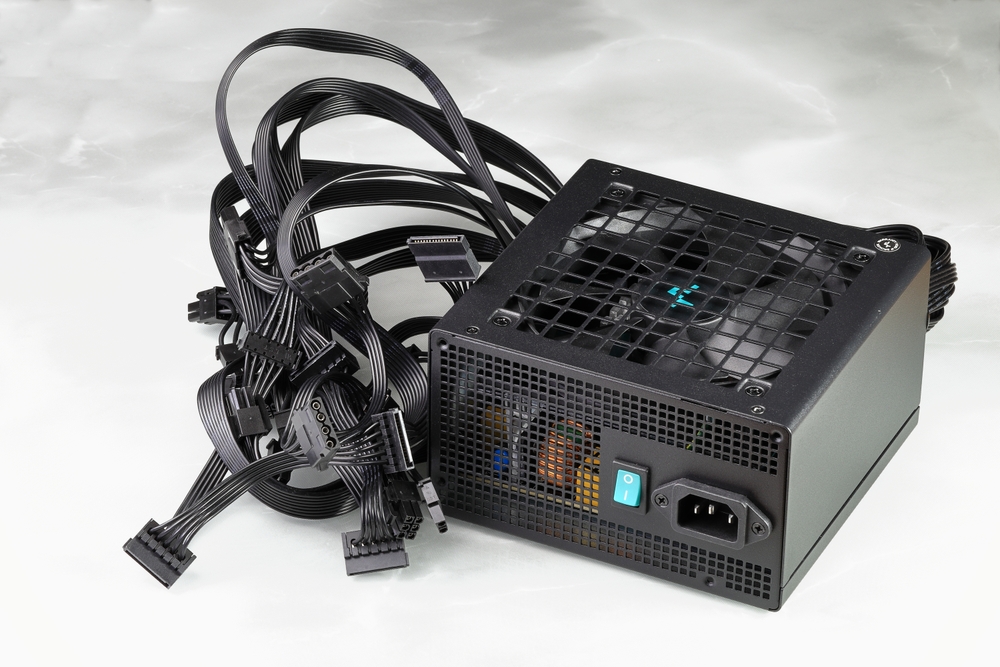Introduction
In the vast realm of IT hardware, one of the most critical yet often overlooked components is the power supply. Whether you’re building a new system or upgrading an existing one, understanding the role of power supplies in computer hardware is essential for optimal performance and system stability. This guide delves into the world of power supplies, helping you grasp their importance, functionality, and how to choose the right one for your needs.
Understanding Power Supplies
What is a Power Supply?
At its core, a power supply unit (PSU) converts electrical power from an outlet into usable power for the internal components of a computer. It regulates the voltage and current to ensure that the delicate parts of the system receive the correct amount of power. Even the most advanced computer hardware cannot function effectively without a reliable PSU.
Importance of a Quality Power Supply
A quality power supply is not just about powering your computer; it’s about protecting your IT hardware from power surges, fluctuations, and failures. An underpowered or faulty PSU can lead to system instability, data loss, and even hardware damage.
Types of Power Supplies
ATX Power Supplies
The ATX power supply is the most common form factor used in desktop computers. It follows specific size and power output standards, making it compatible with various computer hardware components.
SFX and TFX Power Supplies
For compact builds, SFX (Small Form Factor) and TFX (Thin Form Factor) power supplies are ideal. These are designed to fit into smaller cases while still providing adequate power to the system.
Modular vs. Non-Modular Power Supplies
- Modular Power Supplies allow users to connect only the cables they need, reducing clutter and improving airflow within the case.
- Non-Modular Power Supplies have all cables permanently attached, which might be less convenient but are often more affordable.
Key Considerations When Choosing a Power Supply
Wattage Requirements
Determining the correct wattage is crucial when selecting a power supply. Each component in your system, from the CPU to the GPU, has specific power requirements. Adding these up will give you a baseline wattage. It’s wise to choose a PSU that exceeds your total wattage needs to ensure stability and allow for future upgrades.
Efficiency Ratings
Efficiency measures how well a power supply converts electrical power into usable energy. The 80 Plus certification is a common efficiency standard, with ratings like Bronze, Silver, Gold, Platinum, and Titanium. Higher efficiency means less wasted energy and reduced heat output, which can contribute to a longer lifespan for your IT hardware.
Reliability and Brand Reputation
Not all power supplies are created equal. Opting for a PSU from a reputable manufacturer ensures better reliability and after-sales support. Brands like Corsair, Seasonic, and EVGA are renowned for their quality power supplies.
The Role of Power Supplies in System Stability
Preventing Hardware Damage
A reliable power supply safeguards against electrical issues that can damage sensitive computer hardware components like the motherboard, CPU, and graphics card. Over-voltage, under-voltage, and short-circuits can be mitigated by a high-quality PSU with built-in protection mechanisms.
Enhancing System Performance
An unstable power supply can lead to random shutdowns, data corruption, and decreased performance. By providing consistent power, a good PSU ensures that all IT hardware components perform at their best, resulting in a smoother computing experience.
Power Supply Maintenance and Troubleshooting
Regular Maintenance Tips
Maintaining your power supply is essential for its longevity and performance. Here are some maintenance tips:
- Keep it Clean: Dust can accumulate inside the PSU, affecting its cooling efficiency. Regular cleaning helps prevent overheating.
- Monitor Temperatures: Ensure the PSU’s fan is functioning correctly and not obstructed to avoid overheating.
- Check for Wear and Tear: Inspect cables and connectors for any signs of damage or wear.
Troubleshooting Common Issues
Some common power supply issues include:
- System Not Booting: This could be due to a failed PSU or insufficient power output.
- Random Shutdowns: Often caused by overheating or an underpowered PSU.
- Noisy Operation: A noisy fan might indicate that the PSU is struggling to dissipate heat, possibly due to dust accumulation or aging components.
Upgrading Your Power Supply
When to Upgrade
You might need to upgrade your power supply if:
- You’re adding new components like a high-end GPU that requires more power.
- Your system is experiencing stability issues related to power.
- The existing PSU is outdated and lacks modern units’ efficiency and safety features.
Choosing the Right Upgrade
When upgrading, consider:
- Future-proofing: Opt for a PSU with a higher wattage than currently needed to accommodate future upgrades.
- Efficiency: Go for a higher efficiency rating to save on electricity costs and reduce heat output.
- Compatibility: Ensure the new PSU fits your case and is compatible with your existing computer hardware.
Conclusion
In the complex ecosystem of IT hardware, the power supply plays a pivotal role. It ensures that your computer hardware operates efficiently, reliably, and safely. Whether you’re building a new system or maintaining an existing one, understanding the importance of power supplies can save you from many headaches down the road. By choosing the right PSU, you enhance your system’s performance and ensure its longevity. Always invest in a high-quality power supply for peace of mind and optimal computing experiences.

